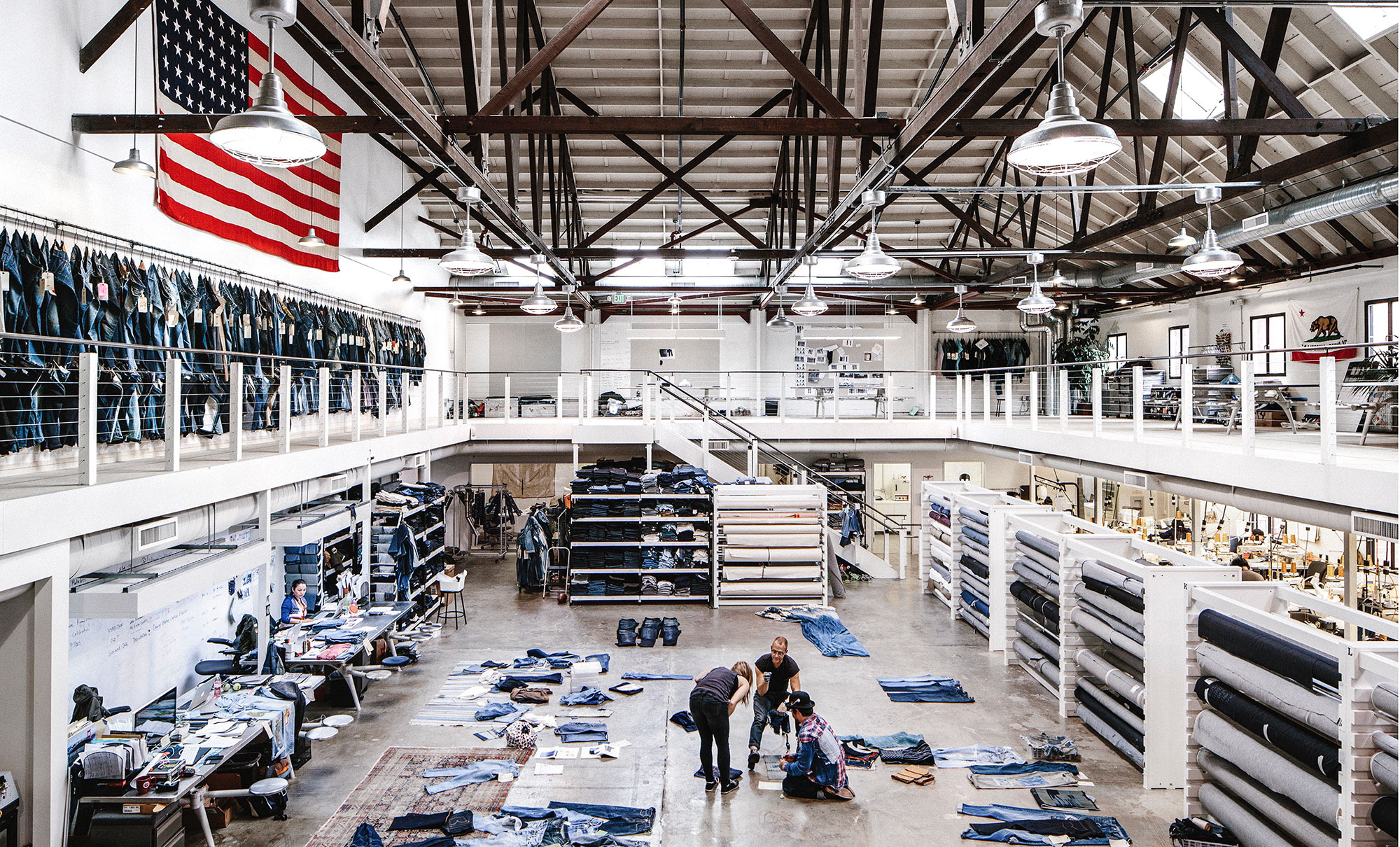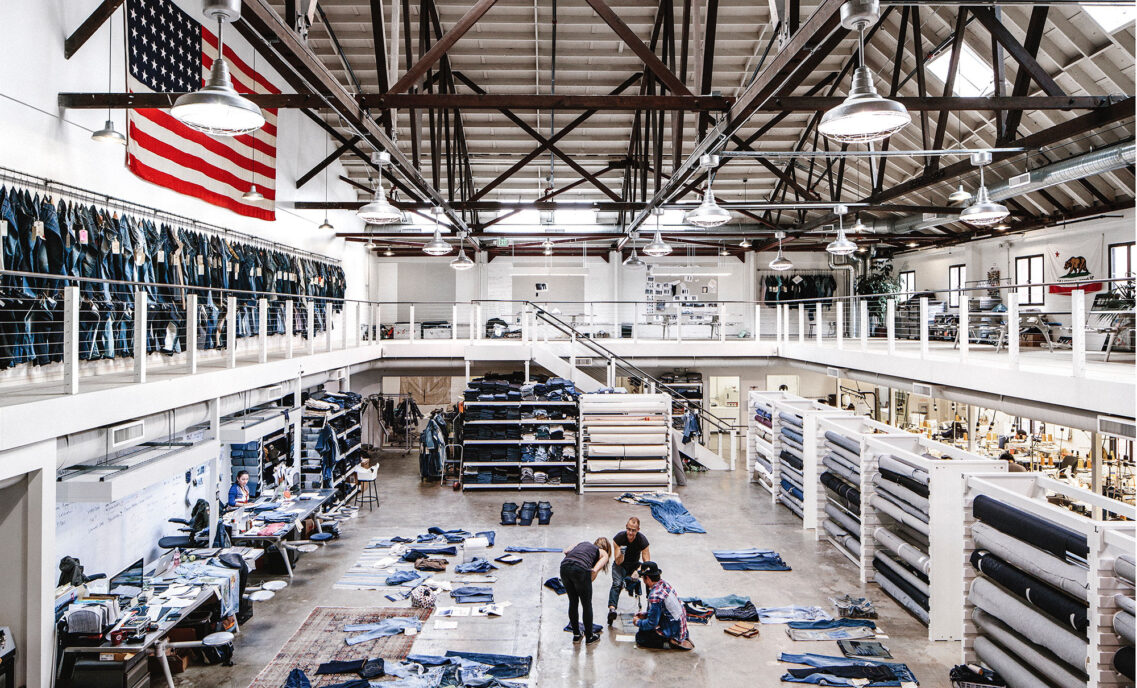December 13, 2023
We recently marked the 10-year anniversary of the establishment of the Eureka Innovation Lab here in San Francisco. Over the past decade, Eureka has generated some of the company’s most meaningful innovations, including initiatives that have expanded our women’s line, saved water in the finishing process, driven safer chemistry in manufacturing and introduced lasers and digital sampling into our design and production processes.
We asked Bart Sights, Eureka’s leader, what ingredients he thinks are necessary to achieve true innovation. Here’s what he said:
- First, you have to start by asking, “What if?” That’s where it begins for anyone trying to figure out what the future is going to be like and how to create that future. You have to be ready to imagine a different way of doing things, of asking questions and being open to where the answers take you. And that begins with thinking about ways of working that don’t exist yet — but could.
- Second, you need to think radically, not incrementally. If you’re pursuing real transformation, legitimately new ways of doing something that’s been done a certain way for years or decades — like making jeans — you cannot settle for tweaks or half measures. You have to approach it as if everything is on the table, as if nothing is impossible.
- Third, you have to go out and find the right people to do what you’re trying to do. When we were building our team, we wanted people with a particular mindset above anything else — curious, adaptive, ambitious, not bound by tradition — rather than a certain pedigree or experience. Then we empowered those people, putting them in positions where they could both do their best work and grow and evolve as our mission grew and evolved. They’re effectively innovators in their own lives, and that helps fuel our innovation, too.
- Fourth, you need trust. Once you have the team in place, you have to trust each other — and talk to each other — so everyone is clear on what the team is trying to accomplish. You have to earn and keep the trust of your leadership and other parts of the business, too. We have a certain license to try things, to keep asking “What if?” — but we can’t do it in a vacuum. Innovation for innovation’s sake doesn’t get you where you need to go; it has to be in the service of larger business goals, so we need to make sure we’re aligned with leadership’s priorities.
- Fifth, you have to embrace the freedom to fail (in a good way). We never want to fail, of course, but not everything is going to land, and sometimes you’ll find that going through the process leads to other revelations and pathways. If you’re flexible enough to recognize that when you embark on a certain project, it might actually lead you to something other than what you originally intended. This goes hand in hand with the trust and communication I just mentioned — the freedom to fail is a freedom you have to earn.
- And last but not least, you need to put pressure on yourself to keep going. There has to be a drive from within to deliver real change, to deliver real innovation, across the whole team — and across the whole company. This one might be the easiest for us, actually. I push the team and they push me, because we all have a very clear sense of our ultimate mission and why it matters to the company.
Learn more about Eureka Innovation Lab’s innovations.







